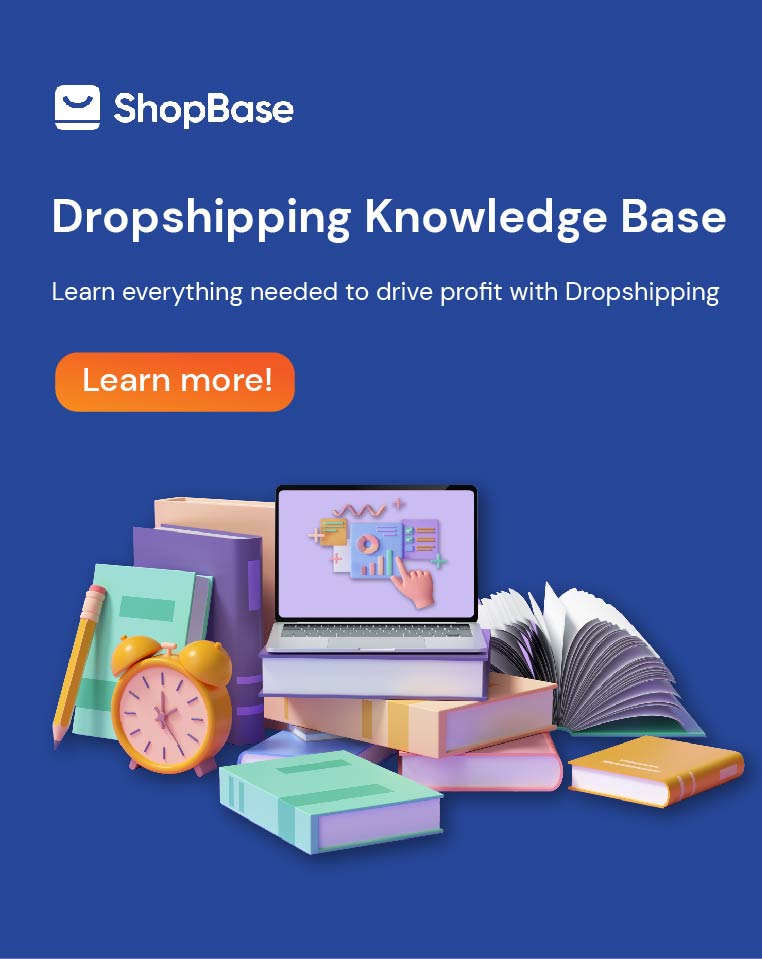Upselling is a business strategy in which customers are encouraged to purchase a higher value, larger quantities, or newer versions and models and/or service after their primary purchase.
Cross-selling is a business strategy in which customers are encouraged to purchase a product/service that could go with their primary purchase.
However, to sum up, the main goal of both strategies is to maximize revenue. Both strategies concentrate on providing additional value regularly together with better deals to customers. Additionally, the key point here is to inform buyers of products they might have not heard of, thus increasing your sales.
THE DIFFERENCES BETWEEN CROSS-SELLING AND UPSELLING
Menu:
1. Cross-selling
In order to apply the cross-selling strategy, you need to identify which product that goes with the others. For instance, you can cross-sell painting brushes to a customer who intended to purchase a sketchbook. Banks could cross-sell debit cards to those who are signing up for a savings account and insurance agencies often recommend life insurance to customers buying health insurance.
Another example here is Amazon’s “Frequently bought together” feature, in which customers are recommended items that might be of use to the item they are purchasing.
This is an extremely utilizing business strategy in order to generate repeat purchases and increase revenue. Cross-selling could inform buyers of items they might not have known about, therefore earn you a high rating as a seller that could be able to satisfy customers’ needs.
2. Upselling
A common trait of the upselling strategy is using comparison charts as an attempt to promote products with higher prices to buyers, which is believed to increase AOV and ensure customers’ satisfaction.
Another example is the quantity discount “buy X get Y” “Buy 2 items get 10% off”.
In commonsense, being able to visualize the benefits of a higher-end product to customers would increase the likelihood of success in upselling.
To conclude, the main factor that plays an important role in succeeding at both strategies is to understand your customers’ demands and provide them with products that could meet those.





